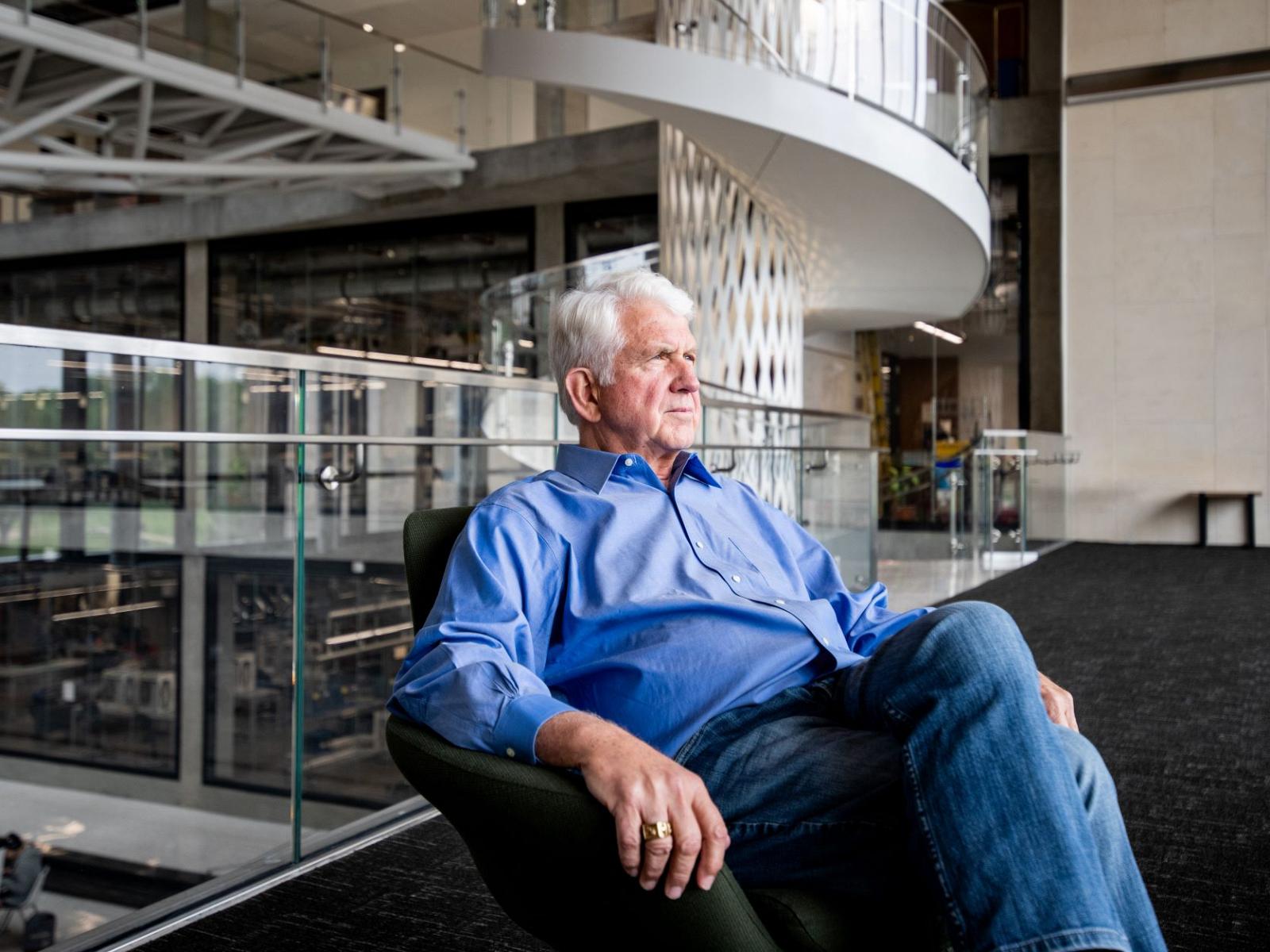
Bob Metcalfe Receives Computer Industry’s Highest Honor for Ethernet Creation
AUSTIN, Texas — Bob Metcalfe, professor emeritus in the Chandra Household Department of Electrical and Laptop or computer Engineering at The College of Texas at Austin, was named the recipient of the 2022 Association for Computing Equipment (ACM) A.M. Turing Award for the invention, standardization and commercialization of Ethernet.
The ACM A.M. Turing Award, frequently identified as the “Nobel Prize of computing,” involves a $1 million prize, with economic assistance provided by Google. The award is named for Alan M. Turing, the British mathematician who articulated the mathematical foundations of computing.
“It is harmful to accept an award for producing Ethernet, which turns 50 on May possibly 22, 2023,” Metcalfe mentioned. “Over Ethernet’s 50 years, hundreds of individuals have attained some claim of inventorship. Be a part of me in declaring to these folks, ‘Thank you.’”
Ahead of retiring from UT Austin in 2021, Metcalfe led innovation initiatives in the Cockrell College of Engineering and throughout campus for a 10 years. He is the founding director of the Texas Innovation Centre, which introduced in 2011 to help faculty users and pupils deliver their scientific and engineering discoveries to market. He envisioned assisting Austin grow to be a better version of Silicon Valley.
“Bob has manufactured numerous critical contributions to the tech field. His creation of Ethernet revolutionized how all people interacts with pcs and each individual other,” claimed Roger Bonnecaze, dean of the Cockrell School of Engineering. “This prestigious award is really well-deserved indeed!”
For the duration of his time at UT, Metcalfe was a fixture as a speaker and adviser for entrepreneurial groups and activities across campus. He was a big part of Longhorn Startup, a drop class that presents pupils an opportunity to hear from business owners and then pitch their personal jobs. And he developed a startup studio and salons inside the Cockrell University to aid professors and learners sharpen their startup concepts.
In 1973, even though a laptop or computer scientist at the Xerox Palo Alto Analysis Heart (PARC), Metcalfe circulated a now-famed memo describing a “broadcast interaction network” for connecting some of the very first personal personal computers, PARC’s Altos, in a developing. The first Ethernet ran at 2.94 megabits for every second, which was about 10,000 instances as speedy as the terminal networks it would swap.
Despite the fact that Metcalfe’s unique style proposed utilizing this community around coaxial cable, the memo envisioned “communication in excess of an ether,” generating the structure adaptable to long term improvements in media know-how which include legacy telephone twisted pair, optical fiber, radio (Wi-Fi), and even electric power networks, to exchange the coaxial cable as the “ether.” That memo laid the groundwork for what we now know these days as Ethernet.
Metcalfe’s Ethernet design and style incorporated insights from his working experience with ALOHAnet, a pioneering computer networking system formulated at the University of Hawaii. Metcalfe recruited David Boggs, a co-inventor of Ethernet, to aid create a 100-node PARC Ethernet. That to start with Ethernet was then replicated in just Xerox to proliferate a company online.
In their seminal 1976 Communications of the ACM article, “Ethernet: Distributed Packet Switching for Local Personal computer Networks,” Metcalfe and Boggs described the style and design of Ethernet. Metcalfe then led a workforce that produced the 10 Mbps Ethernet to kind the foundation of subsequent requirements.
“Ethernet was the plumbing improve the world wide web required in the 1970s,” Metcalfe claimed. “Ethernet enabled the transition from Arpanet, a community of time-shared personal computers servicing dumb terminals, to an internetwork of individual computers, their servers, and routers.”
Now, Ethernet is the primary conduit of wired network communications around the environment, dealing with facts fees from 10 Mbps to 400 Gbps, with 800 Gbps and 1.6 Tbps technologies emerging. Ethernet has also develop into an monumental sector, with profits from Ethernet switches alone exceeding $30 billion in 2021, according to the Global Data Corporation. Understand much more about Metcalfe and his operate on Ethernet.
